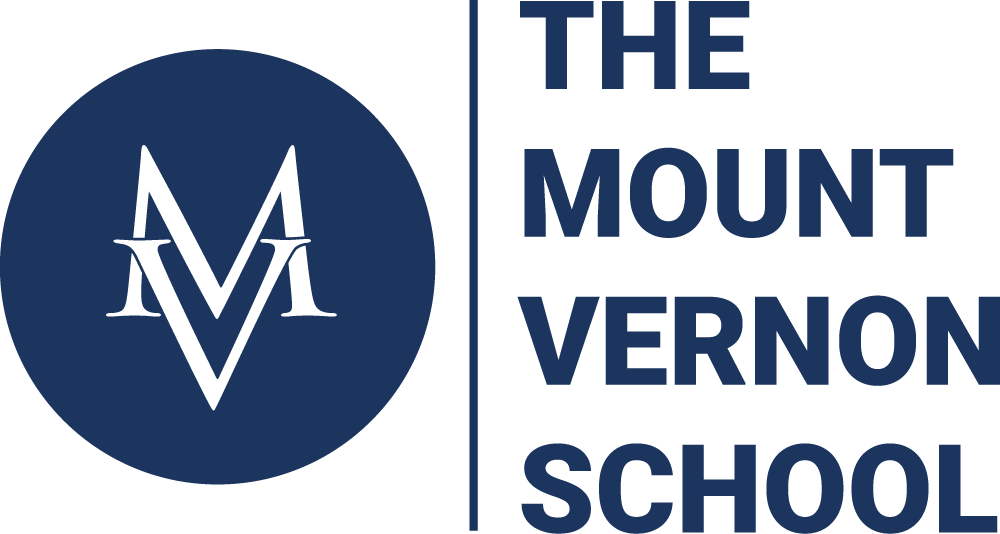By Shelley Clifford, Head of Lower School
 Since participating in an all-school read of Tony Wagner’s Global Achievement Gap about five years ago, our school has embraced the practice of learning walks. This practice is part of a larger effort to transform school culture from a closed door, master teacher mindset to an open door, teacher as collaborator mindset. Additionally, schools tend to look out to find experts in the field, but we are finding that looking in and observing the high performing faculty with whom we share a campus may be more valuable.
Since participating in an all-school read of Tony Wagner’s Global Achievement Gap about five years ago, our school has embraced the practice of learning walks. This practice is part of a larger effort to transform school culture from a closed door, master teacher mindset to an open door, teacher as collaborator mindset. Additionally, schools tend to look out to find experts in the field, but we are finding that looking in and observing the high performing faculty with whom we share a campus may be more valuable.
We began learning walks by encouraging teachers to stop by a classroom for 1-5 minutes after dropping students off at PE or art. Administrators and teacher leaders modeled how this looks by popping in and spending a few minutes as a fly on the wall. Wanting this to be a positive experience, we left post-it notes or shared tweets that highlighted a bright spot from our observation.
Learning walks starting catching on and teachers became more and more comfortable with opening their own doors and welcoming unannounced visitors. At the same time, teachers grew to appreciate the opportunity to observe a colleague and refined their own observational skills. As a matter of fact, we replaced the word tour in our Mount Vernon vernacular with “learning walk.” When other schools requested a tour of our school, we offered them a learning walk. Our admissions tours became learning walks as well. We feel that this better communicated the purpose and intentionality around hosting visitors.
This year we decided to include families in learning walks of Lower School classrooms. We invited parents representing grade levels K-4 including new and returning families. We started small but hoped the experience would be a positive one, worth scaling up.
 Five moms met on campus at 8:15 last Thursday morning. We sat in a circle in our Kindergarten Commons and exchanged introductions to build some community among the parents. As part of the introduction, we each contributed to the visible thinking routine, a process for developing habits of thinking and making our thoughts visible – usually on post-it notes. The prompt was I think I know… Some of those responses included:
Five moms met on campus at 8:15 last Thursday morning. We sat in a circle in our Kindergarten Commons and exchanged introductions to build some community among the parents. As part of the introduction, we each contributed to the visible thinking routine, a process for developing habits of thinking and making our thoughts visible – usually on post-it notes. The prompt was I think I know… Some of those responses included:
I think I know…
- ideas around culture
- that I am about to see excited children
- that it is going to be a great day
- how the flow of the day happens
- why people love Mount Vernon
- there will be a morning meeting
- the children will be having fun
- elementary school looks different today
- ideas around instruction
- there will be small groups and whole groups
- phonics will be happening
- classes will be using the Box Light
- some classes will be working in centers
- what happens in my son’s classroom
Next, I led the group through some background information about the development of our growth-minded, open-door culture and the role that learning walks played in that. Parents were very impressed that our teachers regularly participated in the process of observing teaching and learning among their grade level colleagues as well as between grade levels as a strategy for professional learning and professional collaboration.
We asked our parents to begin the learning walk with the thoughts of I like, I wish, I wonder. Then, we divided up the group and jumped into classrooms beginning in Kindergarten and hitting each grade level, in order, through fourth grade. There were a few questions between classrooms and a few moments where clarification was given in the rooms, but for about one hour, there were just quiet, independent observations going on. Parents entered the classroom, faded into the background or looked over a student’s shoulder and took notes on the learning – maybe learning reflected through student comments, conversations, or questions. The learning that was observed may have been evidenced in the writing on the tables, the student work hanging on the walls, or work in journals.
We saw small group phonics instruction in Kindergarten. Some students were finding letters that said /k/, /a/, /b/… and blending such a word. Others were sky writing and identifying letter names, sounds, and keywords. In first grade numeracy games were being played with 10 frames, rekenreks, and a tie in to whale watching in one classroom and the Daily 5 literacy centers going on in another. In second grade, we saw word detectives on the hunt for -ink, -ank, -unk words. Some third graders were collaborating as editors while others were in the hall having number corner. Finally, fourth graders were rotating through inquiry stations exploring questions like, “Where did Magellan go next?” in one classroom and publishing their final copies of a writing piece in another one.
After completion of the walk, we all gathered back together to debrief. Two visible thinking routines were now in use: I think I know… Now I know and I like, I wish, I wonder. Opening with the simple thought of, “Well, what did you think?” opened a flood gate of impressions, questions, and excitement of what was observed. The feedback from the parents included:
I like:
- phonics was fun with kids writing in the sand
- phonics was much more in-depth than I thought
- that students are learning about short and long sounds as well as terminology like the breve
- that learning math was tactile all the way through the grade levels, not just in K
- connections between math and science being made
- seeing how kids are taught to think differently
- what K students knew about coins
- that math was made relevant to the students’ world, like with the tooth chart
- connections between social studies and literacy
- that teachers can project their phone on the Box Light
- visuals around conflict resolution
- teachers offered lots of different ways for students to complete a writing piece like post-it notes or spider legs
- kids can add post-it notes at any time, not just on the spot
- seeing kids working together so often
I wish
- we showcased more of the reading, writing, and math that we saw today in promotional and admissions materials
- the learning coaches could teach more of our families about the Mount Vernon instructional practices
I wonder
- how third grade uses the Chrome Books
- how many other preschool and kindergartens use multisensory phonics instruction like ours
- what grade US History and wars are taught explicitly
- about nonsense words in second grade
- how students know how to work with partners
- what a document camera is and how it is used
- how often teachers do learning walks
These observations opened the door for some rich conversations around learning in Lower School. In response to some questions and comments we were able to zoom out and explain about the research and design work that goes on school wide at Mount Vernon. We were able to share brain research and pedagogical practices. On other topics we were able to zoom in and drill down to understand the heart of our curriculum. Each parent left with a much richer understanding of who Mount Vernon is, how dedicated and passionate our teachers are, and why our students love their school!
As an exit ticket, parents added one more post-it in response to the prompt,
Now I know…
- how teachers use innovative techniques to solidify foundational skills
- differentiation comes in many shapes and sizes in Lower School classes
- the social studies curriculum is dispersed through grades K-4.
- kids learn a lot in the morning!
- how phonics practice looks in the classroom
- how bright kindergarten children are
- kids are engaged in what they are learning
- that the children are learning why, not just the facts
- about the way Chromebooks are introduced, implemented, monitored, and utilized
- that children are learning to think and problems for themselves
Each parent agreed that we should continue to offer learning walks to our parent body. It was a great day to take a peek inside classrooms and receive feedback from a different perspective. We plan to open the invitation to anyone who is interested. I will be interested to see how the next couple of rounds go.


